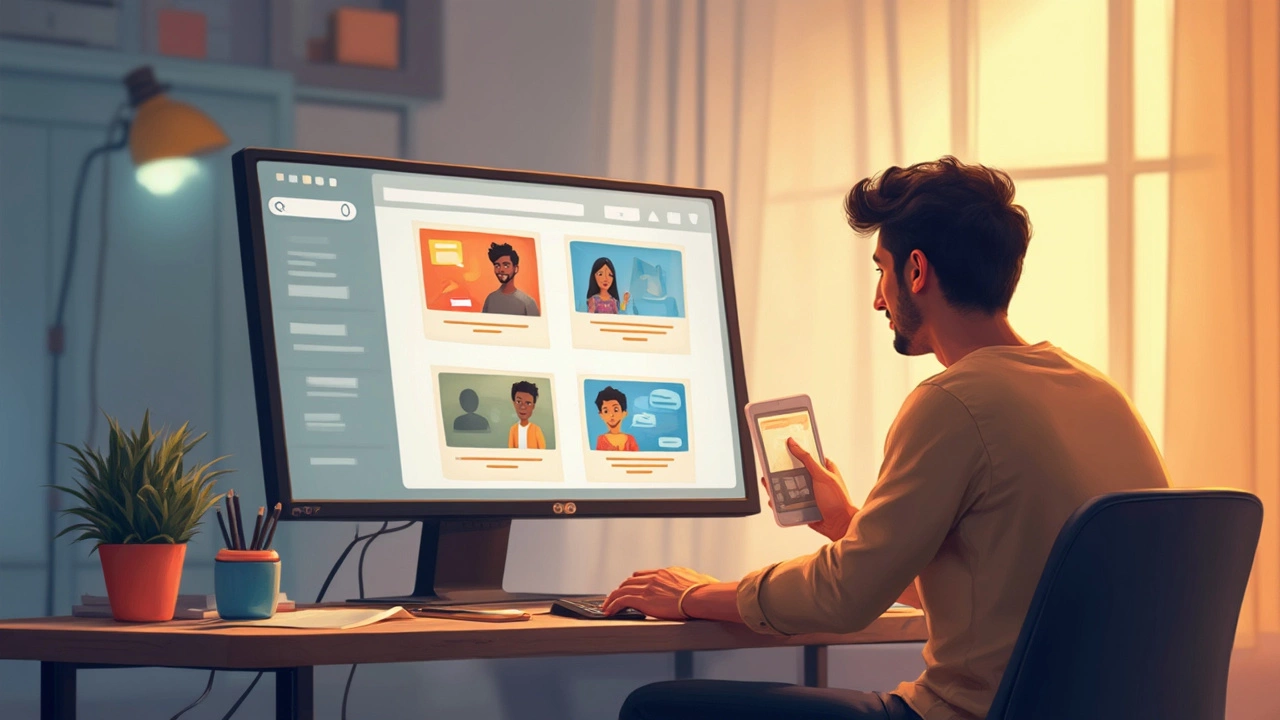User Experience: Why It Matters and How to Improve It
If your site feels clunky or slow, visitors will leave in seconds. That’s why user experience (UX) is the backbone of any online project. Good UX means people can find what they need without thinking too hard, and they enjoy staying on your pages. In this guide we break down the basics and give you quick actions you can take today.
Key Elements of Good UX
First up, speed. A page that loads in under three seconds keeps users happy and helps Google rank you higher. Compress images, use a reliable host, and enable browser caching.
Second, clear navigation. Menus should be simple, with no more than five top‑level items. If a visitor can’t locate the contact page in two clicks, you’ve missed the mark.
Third, mobile friendliness. Over half of traffic now comes from phones, so your design must adapt. Use responsive layouts, large tap targets, and avoid pop‑ups that cover the screen.
Fourth, readable content. Choose a legible font size (at least 16 px) and break text into short paragraphs with headings. People skim, so headings guide them to the info they want.
Finally, visual hierarchy. Highlight the most important actions—like “Buy Now” or “Sign Up”—with contrasting colors. This tells users where to click next without guessing.
Quick Tips to Boost Your Site’s UX
1. **Run a speed test** – Tools like Google PageSpeed Insights give you a score and specific fixes. Implement the top three recommendations right away.
2. **Add breadcrumbs** – They show users where they are on the site and let them backtrack with a single click.
3. **Use descriptive button text** – Instead of vague “Click Here”, write “Download Free Guide”. It sets clear expectations.
4. **Test on real devices** – Open your site on a phone, tablet, and desktop. Notice any layout breaks or tiny touch targets and adjust.
5. **Collect feedback** – A short pop‑up asking “Was this page helpful?” gives you direct insight into pain points.
6. **Simplify forms** – Ask only for essential information. The fewer fields, the higher the completion rate.
7. **Consistent styling** – Keep colors, fonts, and button shapes the same across pages. Consistency reduces cognitive load and builds trust.
Implementing even a handful of these steps will make your site feel faster, clearer, and more trustworthy. Remember, UX isn’t a one‑time project; it’s an ongoing habit of listening to users and tweaking the experience.
Ready to level up? Start with a speed audit, tidy up navigation, and watch your bounce rate drop. Good user experience translates directly into more clicks, longer visits, and higher conversions. Keep testing, stay curious, and let your visitors guide the next improvements.
First Rule of Web Design: Keep It Simple
The first rule of web design isn't about flashy graphics or clever code—it's about keeping things simple. In this article, you'll learn why simplicity wins, how clutter kills conversions, and how to make your website work for real people. We break down practical tips and share some surprising pitfalls even pros often miss. Let's get real about what separates forgettable sites from winners.
Unlocking the Secrets to a Thriving Website
A successful website is more than just a pretty design; it's a blend of user-friendly features, engaging content, and efficient technology. To create a website that thrives, it's essential to focus on intuitive navigation, fast loading times, mobile responsiveness, and strong security. Understanding your audience and regularly updating your site with relevant content can also contribute significantly to its success.
Engaging Web Design: Eye-Catching Ideas for Stunning Websites
Crafting an eye-catching website isn't just about aesthetics; it's about creating an engaging user experience that captures attention and holds it. This article guides you through practical web design ideas to ensure your site stands out. From choosing the right color palette and typography to optimizing navigation and using compelling imagery, discover techniques to enhance your website's appeal. Learn how the integration of interactive elements and responsive design can further boost user interaction and satisfaction.
About
Website Design


